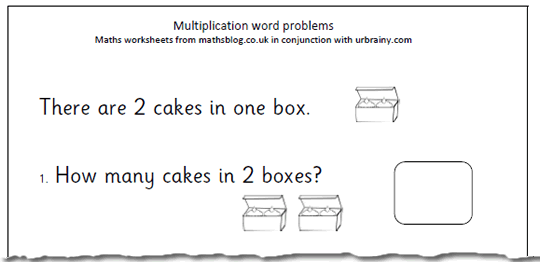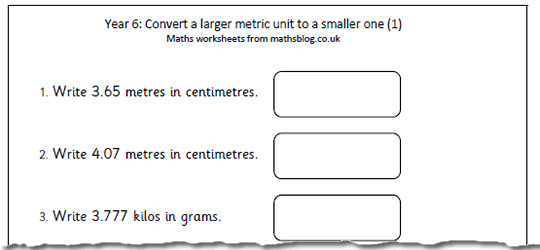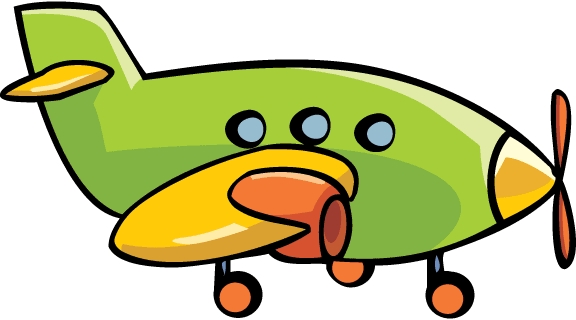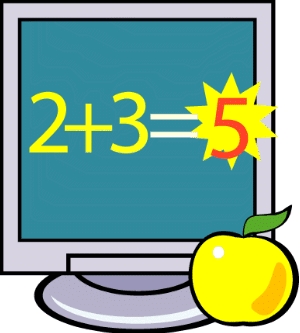 By year 4 children are expected to know that:
By year 4 children are expected to know that:
1 week = 7 days
1 day = 24 hours
1 hour = 60 minutes
1 minute = 60 seconds
One of next week’s maths worksheets uses this knowledge to answer some straightforward questions. It also requires a calculator so more detailed information can be found, such as the number of minutes in a week.
As we all know, practice makes perfect, and we are publishing a page next week which gives loads of practice for the 2x, 5x and 10x tables. This is the first stage in introducing the idea of filling in a multiplication grid, multiplying the numbers across and down to fill in the grid.
The Metric system is so much easier than the old Imperial system, but there are still a few problems which come up when converting larger units to smaller units.Look out for this great worksheet on converting metric units.
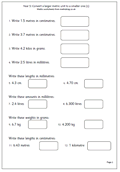 The Metric system is so much easier than the old Imperial system, but there are still a few problems which come up when converting larger units to smaller units. Before attempting this certain facts need to be learnt off by heart, including;
The Metric system is so much easier than the old Imperial system, but there are still a few problems which come up when converting larger units to smaller units. Before attempting this certain facts need to be learnt off by heart, including;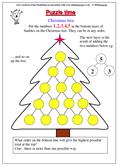
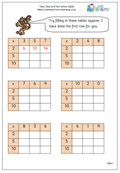
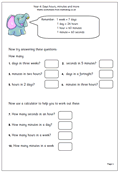


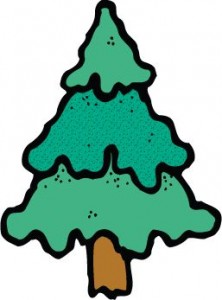 It doesn’t seem like a year ago that this little Christmas maths puzzle was posted, but Christmas is now just around the corner (although our local garden centre would have me believe that it started in early October!).
It doesn’t seem like a year ago that this little Christmas maths puzzle was posted, but Christmas is now just around the corner (although our local garden centre would have me believe that it started in early October!).